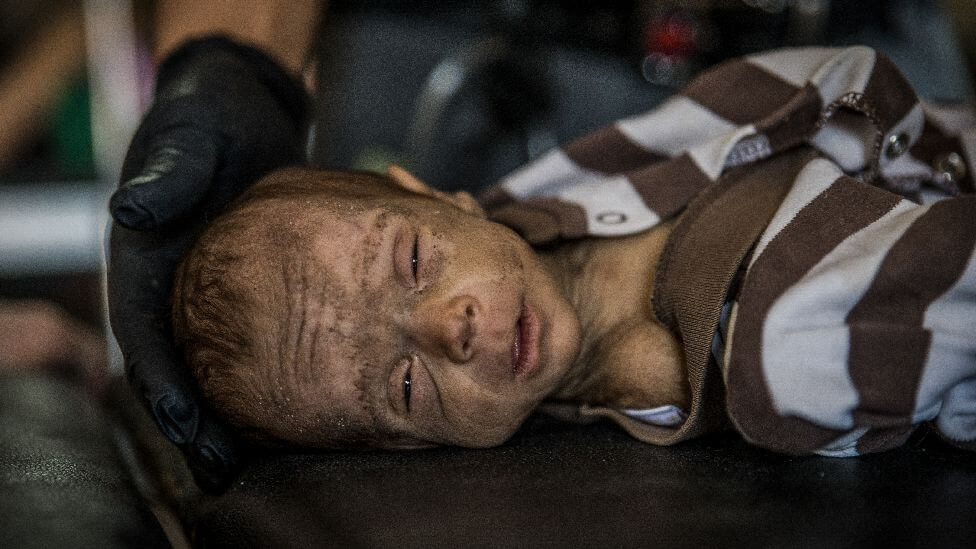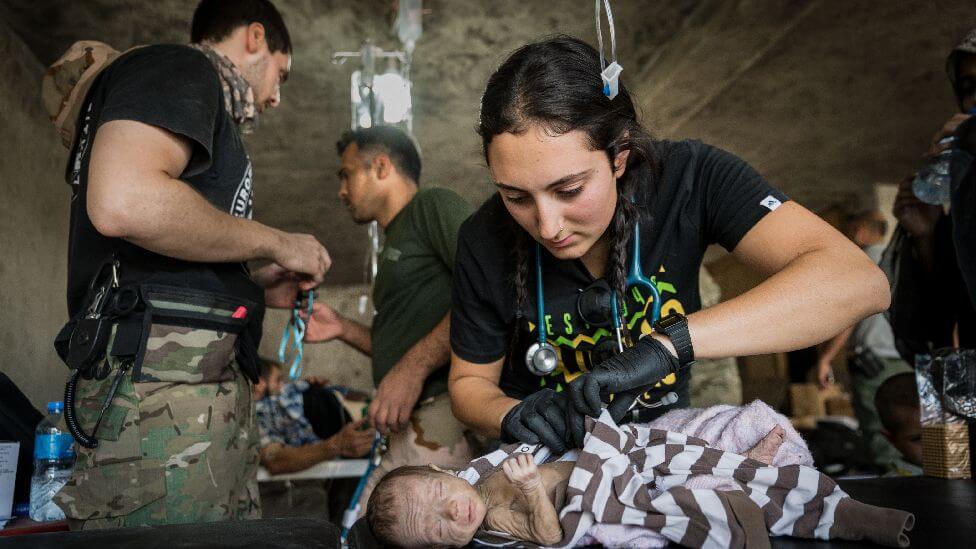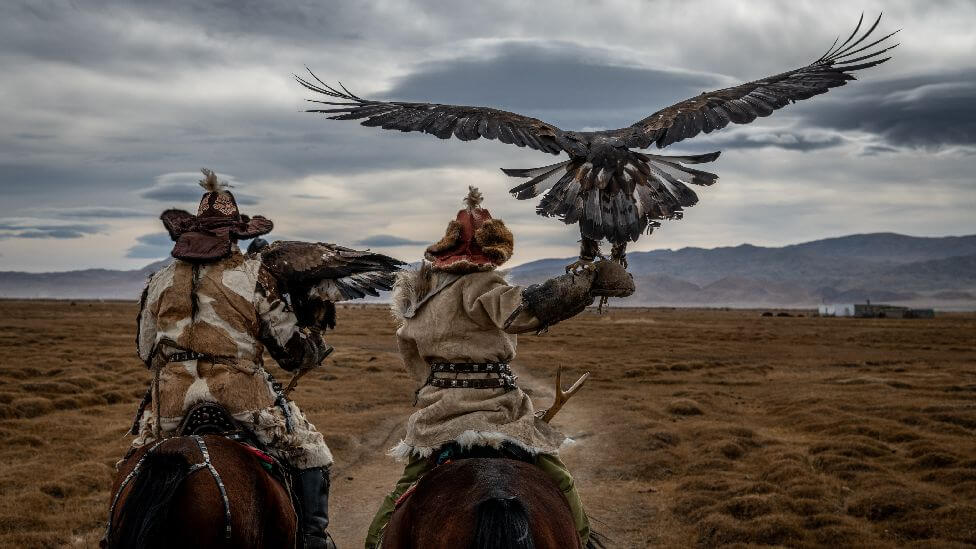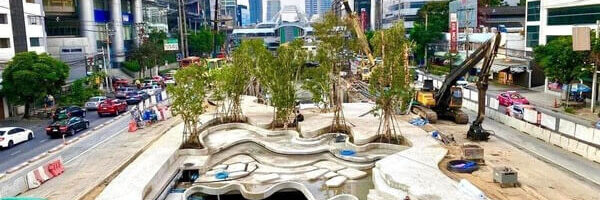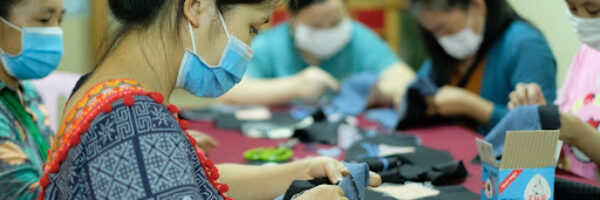
In pictures: Claire Thomas’s worldwide images of despair and hope
From women learning to be midwives in Afghanistan to eagle hunters in Mongolia, from the Rockies of Wyoming to refugee camps in Calais; Claire Thomas has photographed the world.
The photojournalist from rural Carmarthenshire has spent years capturing parts of the planet which are fascinating, picturesque and extremely troubled.
Her work has been shortlisted for a number of major awards, and featured in the New York Times, Sunday Times and National Geographic.
She explains the background to some of her most striking shots.

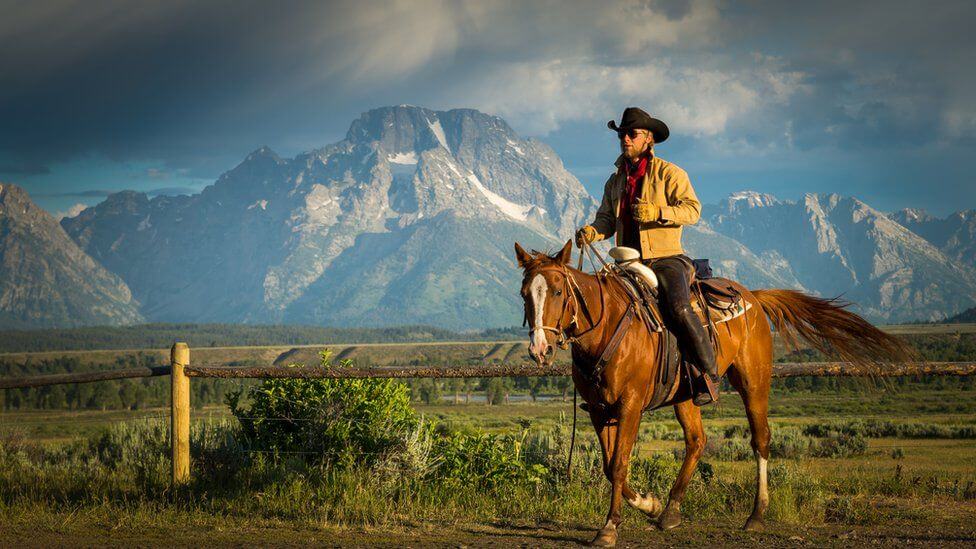
Claire, a horse lover since the age of four, spent several summers working on a ranch in Wyoming, USA.
She said she hated the long days and hard physical work at first, but fell in love with the place, and returned year after year to care for more than 90 horses.
It was here she developed her photography passion, with horses and the Teton Range segment of the Rocky Mountains ideal subjects.

After graduating, Claire continued to travel, and her time in Ghana helped her realise that her photos could make a difference.
Her pictures were used in a successful charity campaign to help women hiding their HIV and Aids conditions.
It helped buy them mattresses, as previously they had to sleep on a cold, hard floor.
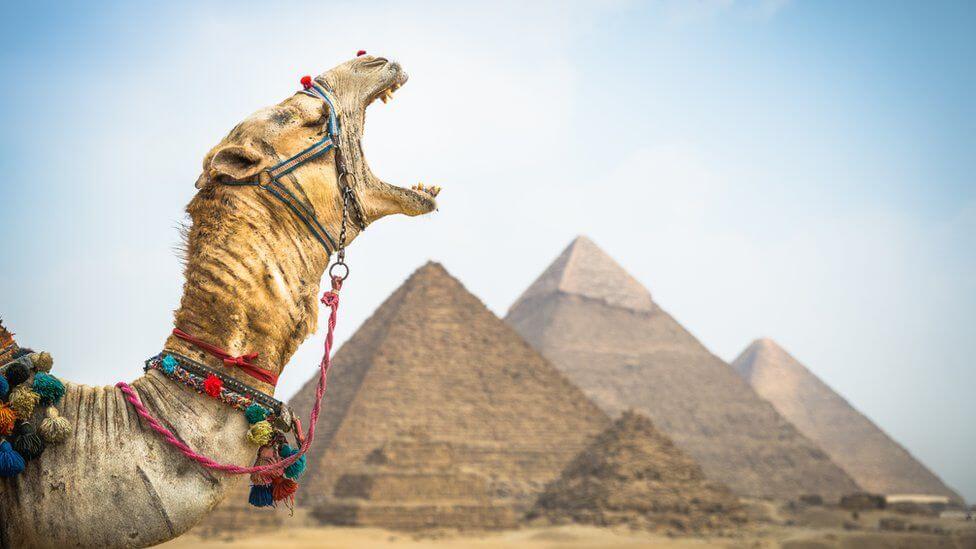
The photo which convinced Claire to make a full-time living as a photographer was her striking shot of a camel in front of the Great Pyramid of Giza near Cairo.
It was published by the National Geographic and Claire said it was “the moment for me to go for it”.
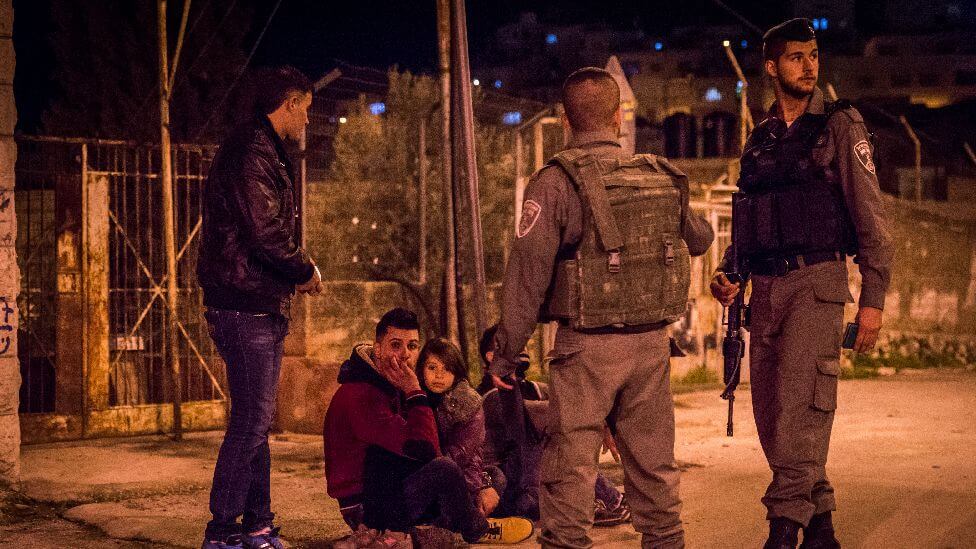
Claire said she felt “most scared” in the Palestinian city of Hebron on the West Bank.
She said on one occasion a group of young students were “painting signs of peace and hope”.
“Soldiers started to run towards them. They saw me taking pictures of the scene, and threw a stun grenade at me. Things like this happened every day.”
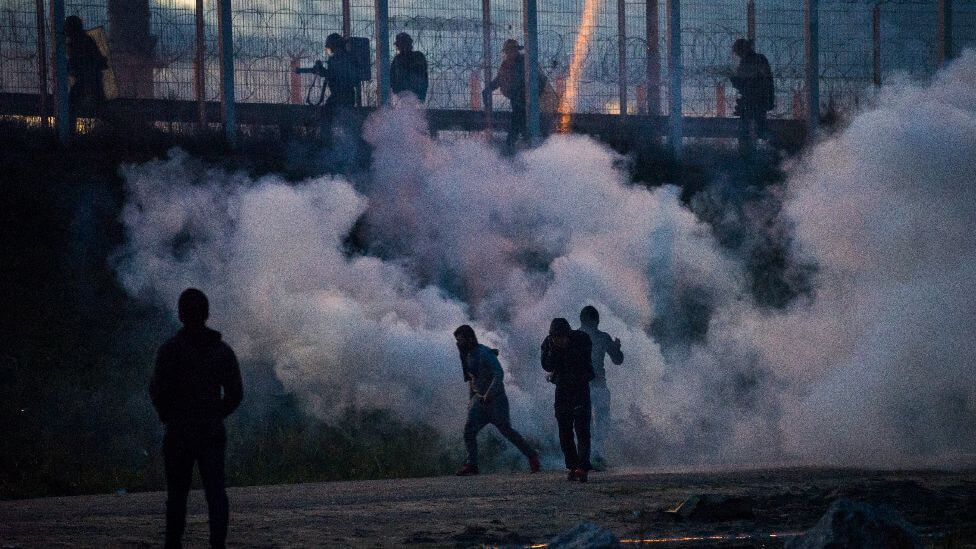
In the “Jungle” refugee camp in Calais, northern France, she captured the tensions as the authorities demanded its closure.
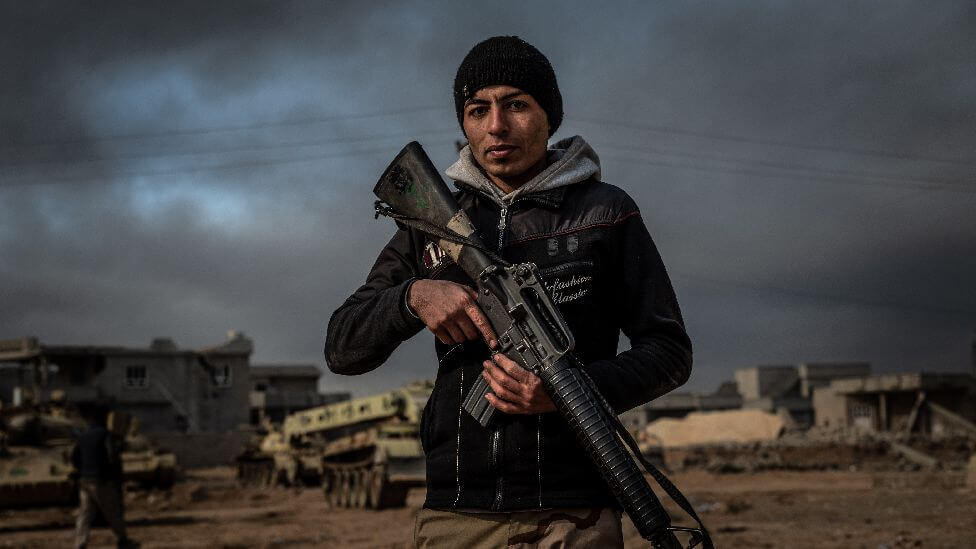
Claire’s encounters with a number of families in refugee camps in both France and Greece inspired her to spend three years in Iraq to find out why people had left their home countries.
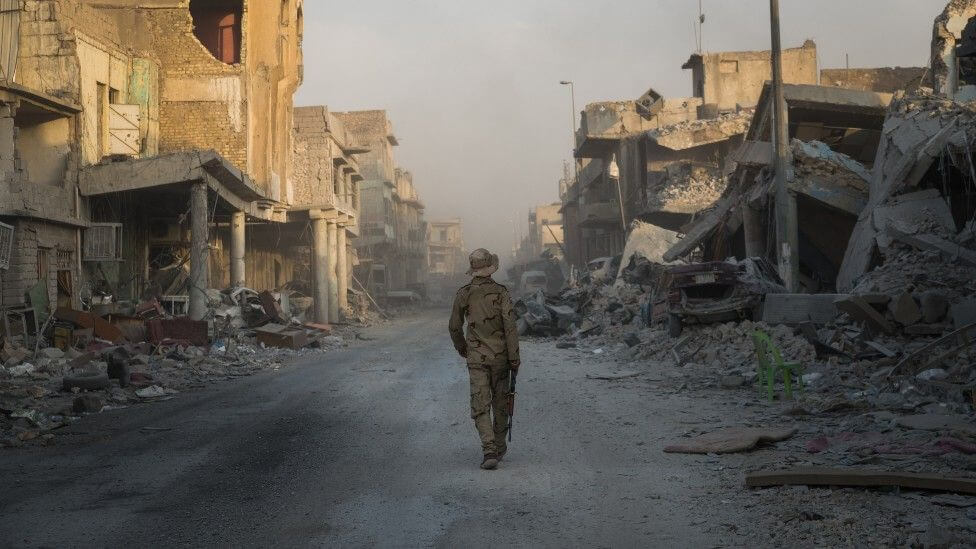

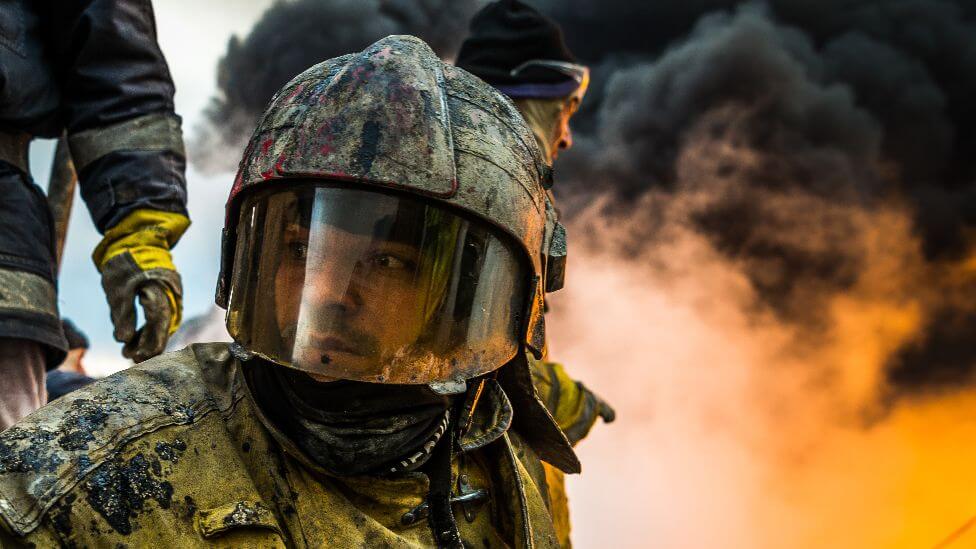
She witnessed the destructive nature of conflict in Iraq.
She spent time in Qayyarah, south of Mosul in northern Iraq, and photographed firefighters tackling massive flames after Islamic State group militants set oil wells on fire.
Claire said: “I began covering the fighting against ISIS, but then I felt I wasn’t telling the whole story.
“It’s kind of easy to romanticise conflict when you focus on the military efforts, so I tried to find a way to get a more intimate, human perspective of the effect of the conflict on the people.
“And that’s when I had the opportunity to accompany a team of medics who were working just behind the front line. I felt like my pictures had more meaning to tell the human story of conflict, which is shocking.”

But she later learned that he had lived.
Two years after that first photo, having covered the story for The Sunday Times, the newspaper sent her to meet Suleyman and his mother, who were living in a refugee camp.
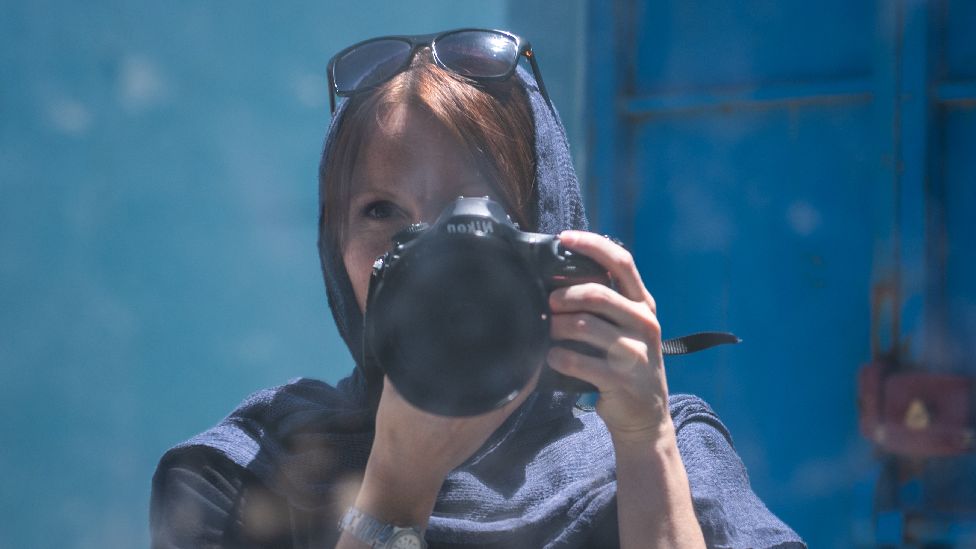
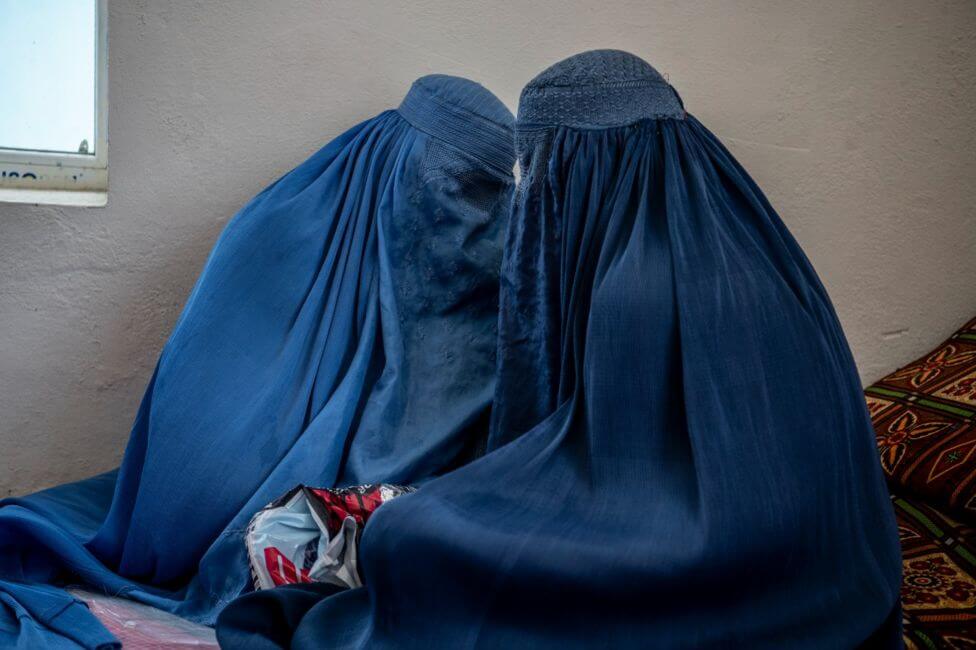
Claire spent time in Afghanistan in 2019, before the country was retaken by the Taliban earlier this year.
When she was there, women were able to forge new lives for themselves by going on midwifery courses, for example.
But Claire said she dreaded to think of their situation now.
She said: “I have been receiving messages from some of them on a daily basis asking for help to escape, to flee the country.
“It was a very interesting, hopeful time and it felt quite safe. Now, of course, I think it’s regressed, it’s frightening.”
Away from conflict, Claire is able to pursue projects that often reflect her love of horses.
In the Altai mountains of Mongolia, she has marched with tribes people and learned about Kazakh eagle hunters.
Her photography has helped put on record such ancient traditions threatened by urban growth and climate change – all a long way from her home village of Idole, a few miles outside Carmarthen.
But she said: “I think we always hope that our work makes a difference. And I think collectively it does.
“If there were no photographers, if there were no storytellers, the stories wouldn’t be heard.”


